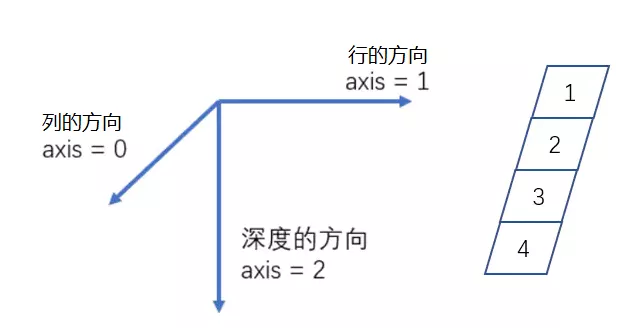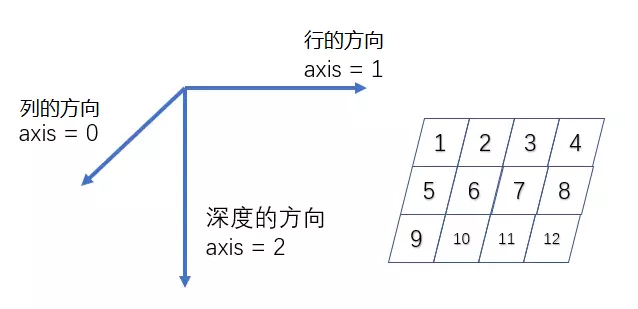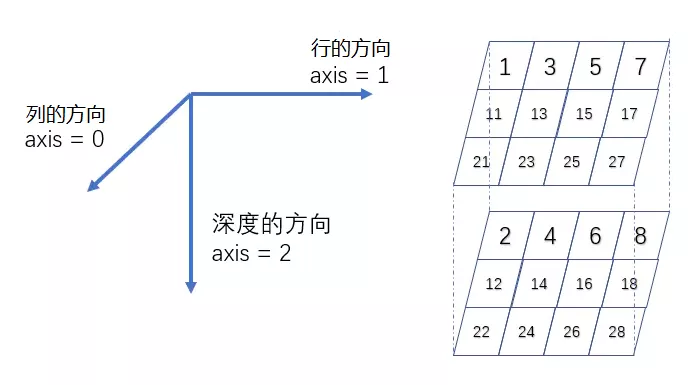Python中的数据结构
张量
0维向量
一维张量
向量就是一维张量。一维张量没有行和列的概念,只有长度的概念。如:
1 | import numpy as np |
二维张量
矩阵就是二维张量,如:
1 | import numpy as np |
打印出来的就是一个三行四列的矩阵。
三维张量
三维张量在行和列的基础上增加了深度的方向。
代码:
1 | import numpy as np |
打印的是深度为1的二行三列的三维张量
代码:
1 | import numpy as np |
打印的是一个深度为2的二行三列三维张量。
四维张量
代码:
1 | import numpy as np |
本博客所有文章除特别声明外,均采用 CC BY-NC-SA 4.0 许可协议。转载请注明来自 WShuai's Blog!
评论








